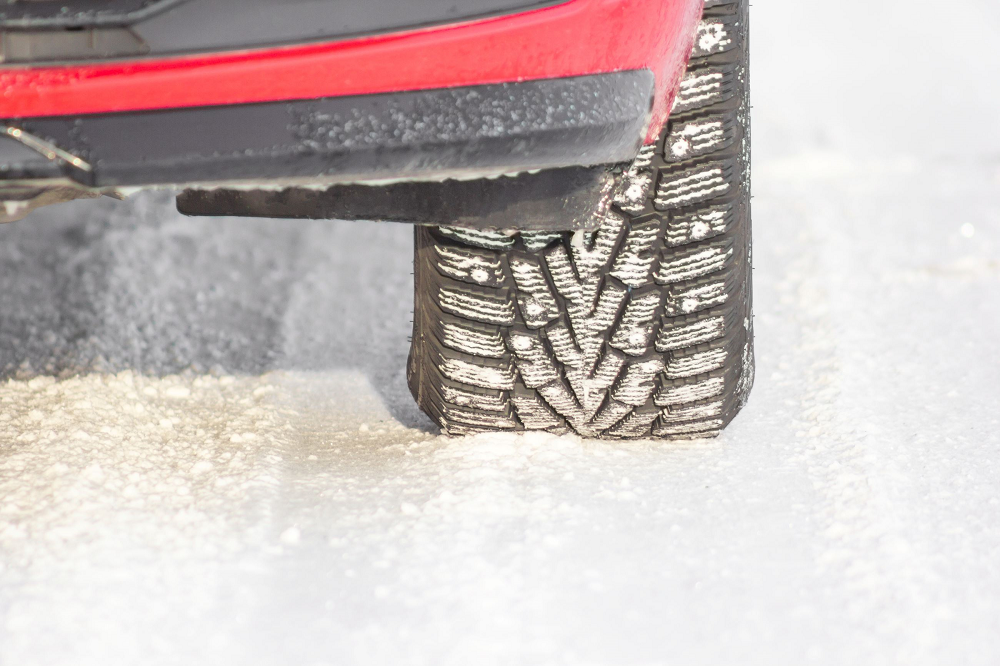City of Beavercreek Ohio issued the following announcement on February 1.
Tips for staying safe when driving in winter weather
Meteorologists are reporting a winter storm with snow and ice will be hitting the Miami Valley, including Beavercreek, this week. Before the winter weather arrives, the Beavercreek Police Department would like to remind drivers of some safety tips to make sure they are prepared.
Preparing your vehicle for winter weather
- Test your battery, battery power drops as the temperature drops
- Make sure you have enough tread on your tires
- Check your wiper blades and replace if needed
- Keep your gas tank at least half full to avoid gas line from freezing
- Keep a winter safety/emergency kit in your vehicle, including a flashlight and batteries, cell phone charger, snow brush and ice scraper, first aid kit, jumper cables and flares, blanket, bottled water and extra food in case you become stranded
- Keep windshields, windows, head, tail and brake lights clear of snow and ice – it’s not only hazardous for you, but can also impair the vision of drivers behind you as snow and ice chunks blow off your vehicle
- Remove ice and snow from all sensors to allow assistive-driving features
- Prevent carbon monoxide poisoning by never leaving your vehicle running in your garage – even with the garage door up
- Remember to take it slow in ice and snow – driving too fast for conditions is the leading cause of crashes! Posted speed limits are only for optimum driving conditions
- Be aware of black ice on what might appear to be bare pavement
- Ohio law states that you must turn on your headlights when using windshield wipers
- Stopping distances are longer on wet and snowy pavement; maintain at least 3 – 4 car lengths between vehicles
- Accelerate and decelerate slowly and do not use cruise control in wintry conditions
- When merging into traffic, take it slow to maintain control
- Don’t Crowd the Plow! Give snowplows room to work – be patient, don’t tailgate and try not to pass
- As always, yield to approaching emergency vehicles and move over for stopped emergency vehicles
Original source can be found here.

 Alerts Sign-up
Alerts Sign-up